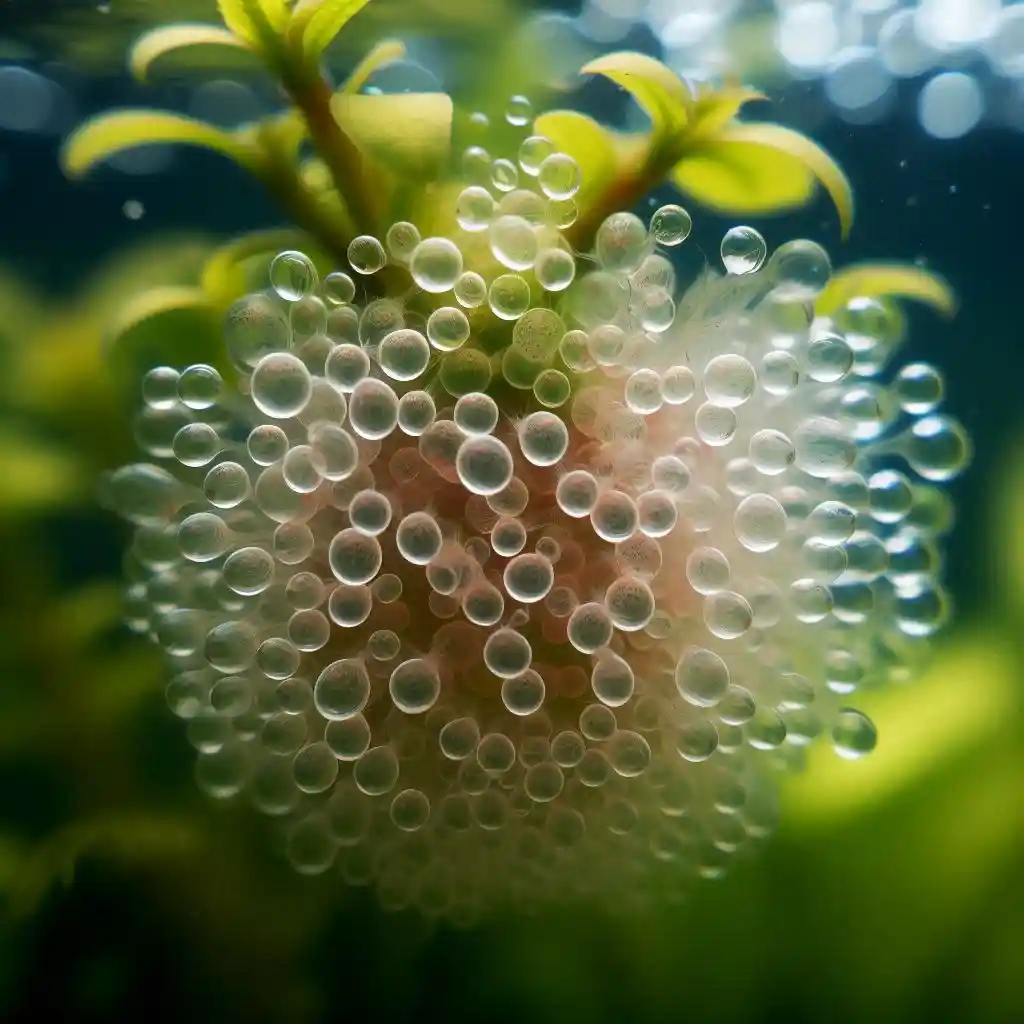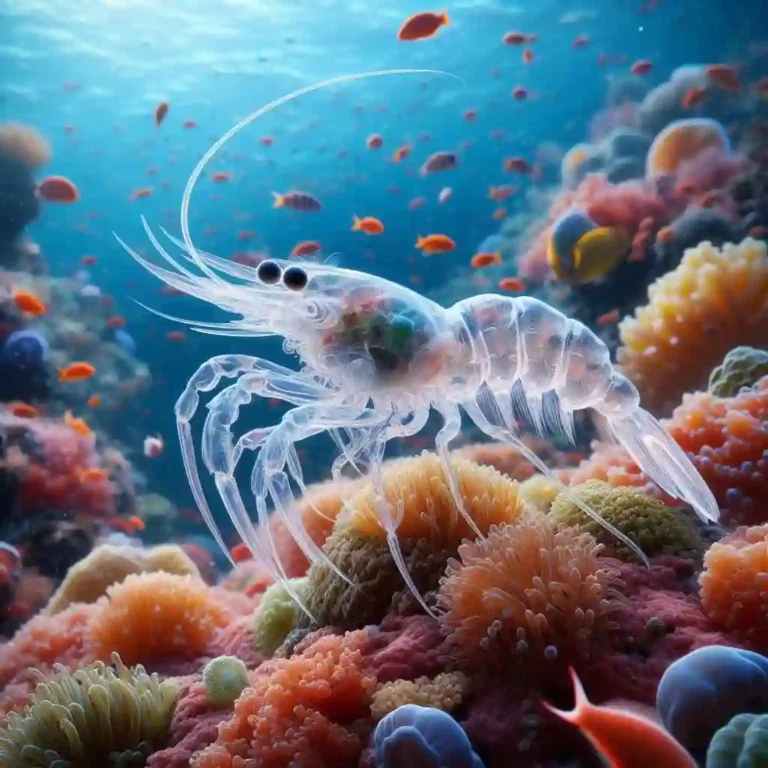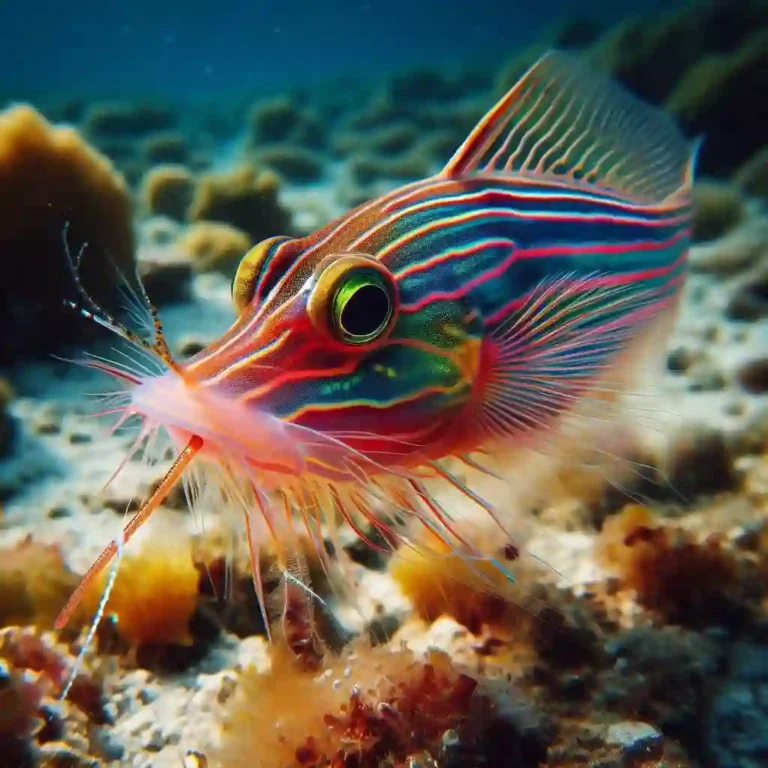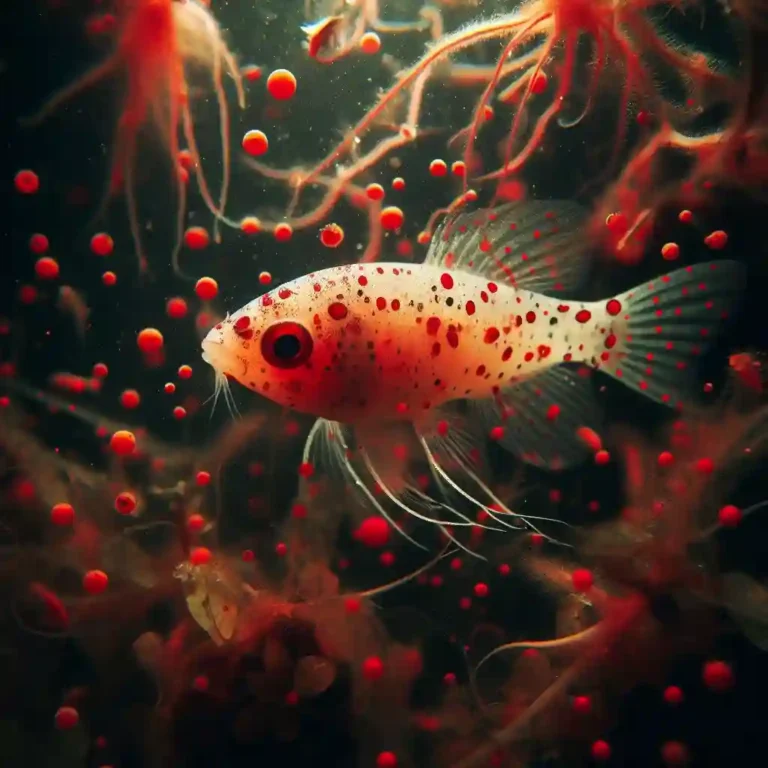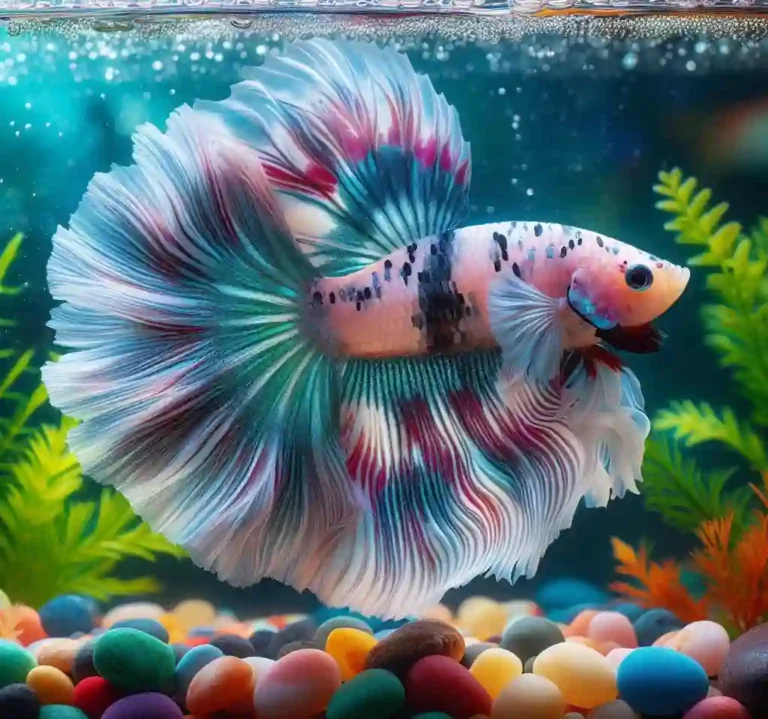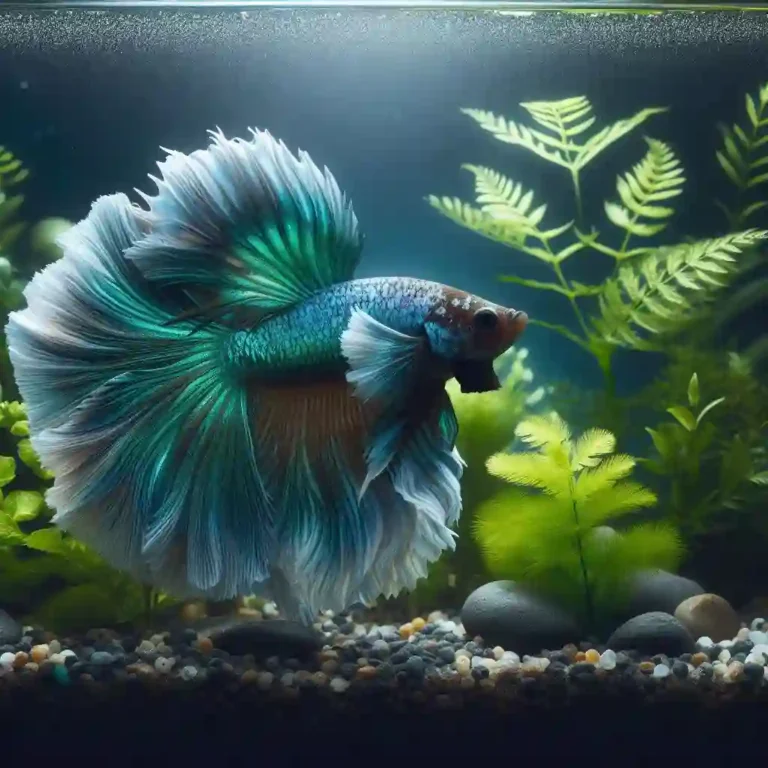Unfertilized Goldfish Eggs: Tips and Tricks for Success
Unfertilized Goldfish Eggs: Are you tired of dealing with the aftermath of unfertilized goldfish eggs in your tank? Do you want to learn how to manage them effectively and create a thriving environment for your fish?
Unfertilized goldfish eggs can be a nuisance, but with the right strategies, you can minimize their impact and even use them to your advantage.
In this post, we’ll dive into the world of unfertilized goldfish eggs and share expert tips and tricks to help you succeed.
Unfertilized Goldfish Eggs: A Quick Guide
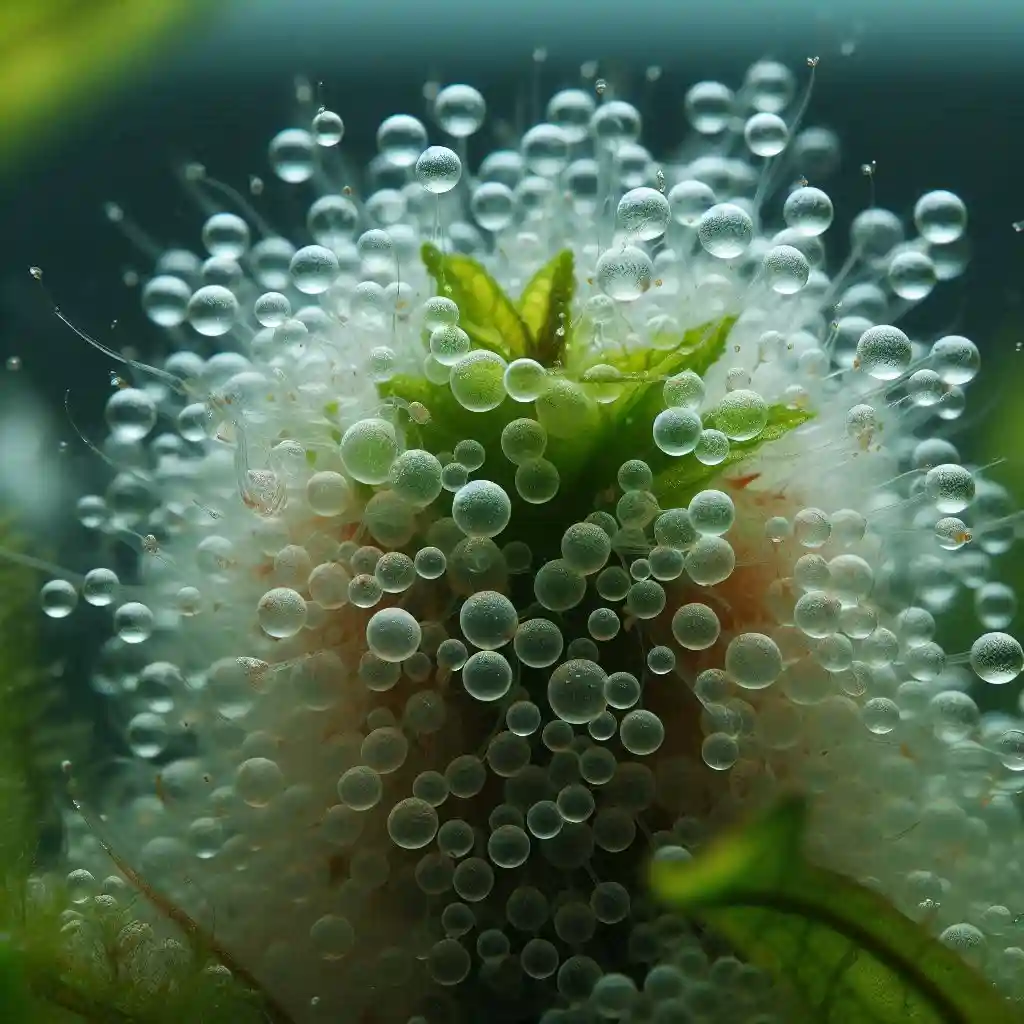
How to identify unfertilized goldfish eggs
Unfertilized goldfish eggs are usually:
- Clear or translucent in color
- Small, typically around 1-2 mm in diameter
- Released in large quantities, often in a cloudy or milky appearance
- Not adhesive, so they will not stick to plants or decorations
What to do with unfertilized goldfish eggs
If you notice unfertilized goldfish eggs in your tank, here are a few options:
- Remove them: Use a gravel vacuum or a siphon hose to remove the eggs from the tank. This will help maintain water quality and prevent the eggs from decaying.
- Leave them: If you have a well-maintained tank with a balanced ecosystem, the eggs will likely get eaten by other fish or break down naturally.
- Provide a spawning medium: If you want to encourage breeding, provide a spawning medium like a spawning mop or a plant with broad leaves. This can help stimulate the female goldfish to release eggs and increase the chances of successful fertilization.
Tips and precautions
- Monitor water quality: Unfertilized eggs can decay and affect water quality. Regularly test your water parameters and perform partial water changes as needed.
- Avoid overfeeding: Unfertilized eggs can attract other fish, leading to overfeeding. Be cautious not to overfeed your fish, as this can lead to water quality issues.
- Consider separating the female: If you’re not interested in breeding goldfish, consider separating the female from the rest of the tank to prevent unwanted egg-laying.
Understanding Unfertilized Goldfish Eggs: What to Expect
What to Expect from Unfertilized Eggs
- Appearance: Unfertilized eggs will typically appear as small, transparent, and slightly sticky orbs. They may be released singly or in clusters, and can range in color from clear to yellowish or white.
- Buoyancy: Unfertilized eggs will usually float to the surface of the water, where they can be easily collected or removed.
- Fate: Without fertilization, these eggs will not develop into baby fish. They will eventually decay or be consumed by other aquatic organisms.
- Frequency: Female goldfish may release unfertilized eggs regularly, especially if they are not being bred or are not receiving adequate social interaction.
Why Unfertilized Eggs Matter
While unfertilized eggs may not seem like a significant issue, they can provide important clues about your goldfish’s overall health and well-being. For example:
- Reproductive health: The presence of unfertilized eggs can indicate that your goldfish is healthy and reproductively active.
- Water quality: The frequency or appearance of unfertilized eggs can be influenced by water quality issues, such as poor water changes or inadequate filtration.
- Social dynamics: Unfertilized eggs may be more common in tanks with dominant or stressed females, highlighting the need for a balanced and harmonious social environment.
Optimizing Water Conditions for Unfertilized Eggs
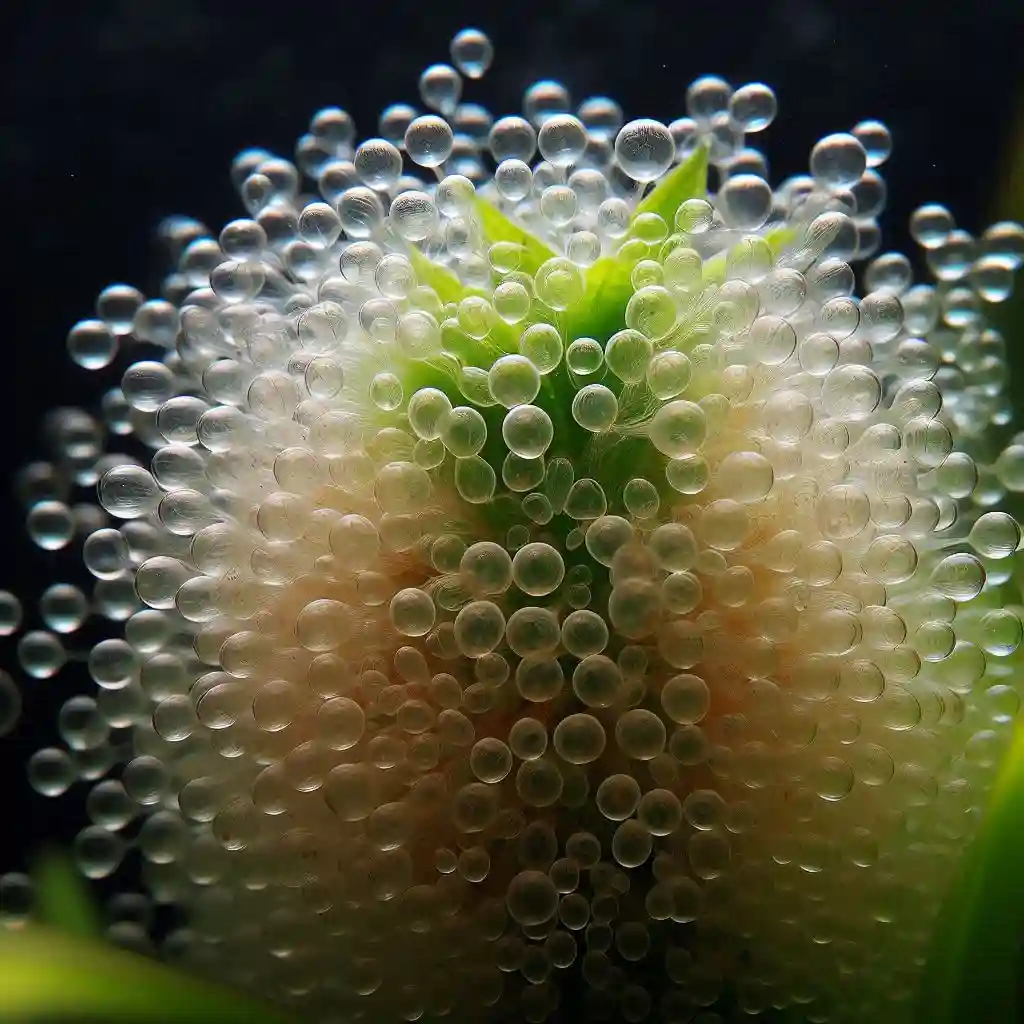
Water Changes
- Frequency: Perform regular water changes (25-50% every 1-2 weeks) to remove built-up toxins and maintain water quality.
- Volume: Change a larger volume of water (50-75%) if you notice a sudden increase in unfertilized eggs, as this can indicate poor water quality.
Water Parameters
- pH: Maintain a stable pH between 6.5-8.5, as sudden changes can stress your fish and increase unfertilized egg production.
- Ammonia and Nitrite: Ensure these toxic compounds are zero, as they can cause stress and reproductive issues.
- Nitrate: Keep nitrate levels below 20 ppm to prevent chronic stress and reproductive problems.
- Temperature: Maintain a stable temperature between 65-75°F (18-24°C), as sudden changes can induce stress and egg release.
Water Quality Monitoring
- Regular Testing: Monitor water parameters regularly to catch any changes or issues before they affect your fish.
- Water Testing Kits: Invest in a reliable water testing kit to ensure accurate readings.
Additional Tips
- Aeration: Ensure adequate water circulation and aeration to prevent stagnant water and promote healthy gas exchange.
- Decorations and Hiding Places: Provide plenty of decorations and hiding places to reduce stress and territorial behavior.
- Water Flow: Maintain a moderate water flow (1-2 gallons per minute) to simulate natural currents and promote healthy swimming.
Feeding Strategies for Unfertilized Goldfish Eggs
Nutrient-Rich Foods
- High-Quality Flakes or Pellets: Provide a nutrient-rich commercial flake or pellet as the main staple, ensuring it contains a balanced mix of protein, fat, and fiber.
- Live or Frozen Foods: Supplement with live or frozen foods like brine shrimp, bloodworms, or daphnia to provide essential nutrients and variety.
Feeding Frequency and Quantity
- Frequency: Feed your goldfish 2-3 times a day, only as much as they can consume within 1-2 minutes.
- Quantity: Avoid overfeeding, as this can lead to poor water quality and stress, which can increase unfertilized egg production.
Food Types to Avoid
- Filler Foods: Avoid foods with fillers like wheat flour, cornmeal, or soybean meal, which can be difficult for goldfish to digest.
- High-Protein Foods: Limit high-protein foods like meat-based flakes or pellets, as they can lead to digestive issues and stress.
Additional Tips
- Variety: Rotate foods regularly to ensure a varied diet and prevent nutrient deficiencies.
- Avoid Over-Supplementation: Refrain from over-supplementing with vitamins or minerals, as this can lead to imbalances and stress.
- Monitor Food Intake: Observe your goldfish’s eating habits and adjust feeding amounts accordingly to prevent overfeeding.
Targeted Nutrition for Reproductive Health
- Omega-3 Rich Foods: Include foods rich in omega-3 fatty acids, such as spirulina or algae-based foods, to support reproductive health.
- Antioxidant-Rich Foods: Provide foods high in antioxidants, like vitamin E or beta-carotene, to help reduce oxidative stress and promote overall health.
Maintaining Proper Water Quality for Egg Development
Water Changes
- Regular Water Changes: Perform regular water changes (25-50% every 1-2 weeks) to remove built-up toxins and maintain water quality.
- Water Change Frequency: Increase water change frequency if you notice a sudden increase in unfertilized eggs, as this can indicate poor water quality.
Water Parameters
- Ammonia and Nitrite: Ensure these toxic compounds are zero, as they can cause stress and reproductive issues.
- Nitrate: Keep nitrate levels below 20 ppm to prevent chronic stress and reproductive problems.
- pH: Maintain a stable pH between 6.5-8.5, as sudden changes can stress your fish and increase unfertilized egg production.
- Temperature: Maintain a stable temperature between 65-75°F (18-24°C), as sudden changes can induce stress and egg release.
Biological Cycle
- Beneficial Bacteria: Establish a healthy biological cycle by maintaining a balanced population of beneficial bacteria, which helps break down waste and maintain water quality.
- Cycling: Ensure your tank is fully cycled before introducing fish, as this helps establish a stable biological balance.
Water Quality Monitoring
- Regular Testing: Monitor water parameters regularly to catch any changes or issues before they affect your fish.
- Water Testing Kits: Invest in a reliable water testing kit to ensure accurate readings.
Additional Tips
- Aeration: Ensure adequate water circulation and aeration to prevent stagnant water and promote healthy gas exchange.
- Decorations and Hiding Places: Provide plenty of decorations and hiding places to reduce stress and territorial behavior.
- Water Flow: Maintain a moderate water flow (1-2 gallons per minute) to simulate natural currents and promote healthy swimming.
Recognizing and Managing Common Issues with Unfertilized Eggs
Issue 1: Water Quality Deterioration
- Symptoms: Cloudy or murky water, increased ammonia or nitrite levels, or a sudden drop in water quality.
- Causes: Unfertilized eggs can decay and release toxins, leading to poor water quality.
- Management: Perform regular water changes (25-50% every 1-2 weeks), monitor water parameters regularly, and maintain a balanced biological cycle.
Issue 2: Overcrowding and Stress
- Symptoms: Increased aggression, fin nipping, or territorial behavior among fish.
- Causes: Unfertilized eggs can attract other fish, leading to overcrowding and stress.
- Management: Provide plenty of hiding places and decorations, maintain a balanced social hierarchy, and consider separating aggressive fish.
Issue 3: Fungal or Bacterial Infections
- Symptoms: Fungal growth, cloudy eyes, or labored breathing in fish.
- Causes: Unfertilized eggs can provide a food source for fungi or bacteria, leading to infections.
- Management: Maintain good water quality, provide a balanced diet, and consider adding a water conditioner or antibiotic treatment if necessary.
Issue 4: Egg-Laying Stress
- Symptoms: Female goldfish may appear stressed, lethargic, or lose appetite.
- Causes: Unfertilized eggs can cause physical and emotional stress on female goldfish.
- Management: Provide a stress-free environment, maintain a balanced social hierarchy, and consider separating dominant or aggressive fish.
Issue 5: Water Parameter Fluctuations
- Symptoms: Sudden changes in pH, ammonia, or nitrite levels.
- Causes: Unfertilized eggs can release toxins or alter water chemistry.
- Management: Monitor water parameters regularly, perform regular water changes, and maintain a balanced biological cycle.
Creating a Suitable Environment for Egg Hatching
Water Quality
- Stable Parameters: Maintain stable water parameters, including pH, ammonia, nitrite, and nitrate levels.
- Water Changes: Perform regular water changes (25-50% every 1-2 weeks) to remove toxins and maintain water quality.
Water Temperature
- Optimal Temperature: Maintain a temperature range of 65-75°F (18-24°C) for optimal egg development.
- Temperature Stability: Avoid sudden temperature changes, which can stress your fish and affect egg development.
Water Flow and Aeration
- Moderate Water Flow: Maintain a moderate water flow (1-2 gallons per minute) to simulate natural currents and promote healthy swimming.
- Aeration: Ensure adequate aeration to prevent stagnant water and promote healthy gas exchange.
Substrate and Decorations
- Gravel or Sand: Use a suitable substrate like gravel or sand to provide a comfortable surface for eggs to settle.
- Plants and Decorations: Add plants and decorations to provide hiding places and reduce stress.
Lighting
- Natural Lighting: Provide natural lighting or simulate a natural day-night cycle to promote natural behaviors.
- Avoid Over-Lighting: Avoid over-lighting, which can stress your fish and affect egg development.
Feeding and Nutrition
- Balanced Diet: Provide a balanced diet that includes a variety of nutrient-rich foods.
- Supplements: Consider adding supplements like omega-3 fatty acids or antioxidants to support reproductive health.
Monitoring Egg Development: What to Look for and When
Day 1-3: Egg Release and Fertilization
- Egg Appearance: Look for transparent, yellowish or white eggs that are slightly sticky to the touch.
- Fertilization: If fertilized, eggs will begin to develop and show signs of embryonic development.
Day 4-7: Embryonic Development
- Egg Size: Fertilized eggs will increase in size as the embryo develops.
- Embryo Movement: Observe for gentle movements or twitching within the egg.
Day 7-10: Hatching
- Eggshell Thinning: The eggshell will begin to thin and become more transparent.
- Hatching: The embryo will begin to pip (break through the eggshell) and emerge.
Day 10+: Larval Development
- Larval Appearance: The newly hatched larvae will be small, transparent, and fish-shaped.
- Swimming and Feeding: Observe for swimming and feeding behaviors.
What to Look for in Unfertilized Eggs
- Egg Discoloration: Unfertilized eggs may turn white, yellow, or brown and become cloudy or opaque.
- Egg Decay: Unfertilized eggs may begin to decay, releasing toxins into the water.
When to Intervene
- Egg Decay: Remove decaying eggs to prevent water quality issues and maintain a healthy environment.
- Water Quality Issues: Monitor water parameters and perform water changes as needed to maintain optimal water quality.
Troubleshooting Common Problems with Unfertilized Goldfish Eggs
Problem 1: Cloudy or Murky Water
- Cause: Decaying unfertilized eggs can release toxins, leading to cloudy or murky water.
- Solution: Perform regular water changes (25-50% every 1-2 weeks), monitor water parameters, and maintain a balanced biological cycle.
Problem 2: Fungal or Bacterial Infections
- Cause: Unfertilized eggs can provide a food source for fungi or bacteria, leading to infections.
- Solution: Maintain good water quality, provide a balanced diet, and consider adding a water conditioner or antibiotic treatment if necessary.
Problem 3: Overcrowding and Stress
- Cause: Unfertilized eggs can attract other fish, leading to overcrowding and stress.
- Solution: Provide plenty of hiding places and decorations, maintain a balanced social hierarchy, and consider separating aggressive fish.
Problem 4: Water Parameter Fluctuations
- Cause: Unfertilized eggs can release toxins or alter water chemistry, leading to fluctuations in water parameters.
- Solution: Monitor water parameters regularly, perform regular water changes, and maintain a balanced biological cycle.
Problem 5: Egg-Laying Stress
- Cause: Unfertilized eggs can cause physical and emotional stress on female goldfish.
- Solution: Provide a stress-free environment, maintain a balanced social hierarchy, and consider separating dominant or aggressive fish.
FAQs
Q: What are unfertilized goldfish eggs?
A: Unfertilized goldfish eggs are eggs that are released by female goldfish without being fertilized by a male goldfish. They are a natural part of a goldfish’s reproductive cycle.
Q: Why do goldfish release unfertilized eggs?
A: Goldfish release unfertilized eggs as a way to remove excess eggs from their reproductive system and to reduce the risk of disease.
Q: What are the benefits of unfertilized goldfish eggs?
A: Unfertilized goldfish eggs can provide a source of nutrition for other fish in the tank, and they can also help to maintain a healthy balance in the tank’s ecosystem.
Q: How do I care for unfertilized goldfish eggs?
A: To care for unfertilized goldfish eggs, you should provide a suitable environment for them to develop, including a stable temperature, pH, and water quality. You should also monitor the eggs for signs of decay or disease.
Q: How long do unfertilized goldfish eggs last?
A: Unfertilized goldfish eggs typically last for several days to a week before they decay and release toxins into the water.
Q: Can I eat unfertilized goldfish eggs?
A: While unfertilized goldfish eggs are technically edible, it is not recommended to eat them. They can be a source of disease and parasites, and they may also contain toxins.
Q: Can I use unfertilized goldfish eggs as a food source for other fish?
A: Yes, unfertilized goldfish eggs can be used as a food source for other fish in the tank. However, it is important to make sure that the eggs are fresh and free of disease before offering them to your fish.
Q: Can I breed goldfish with unfertilized eggs?
A: No, it is not recommended to breed goldfish with unfertilized eggs. Unfertilized eggs are not viable for breeding and can cause problems for the fish and the tank’s ecosystem.

Hello, I’m Aria Cooper, the heart and soul behind Swimmy Buddies. As a devoted fish aficionado, I share my aquatic adventures and expertise to inspire your own underwater explorations. 🐠🌊

